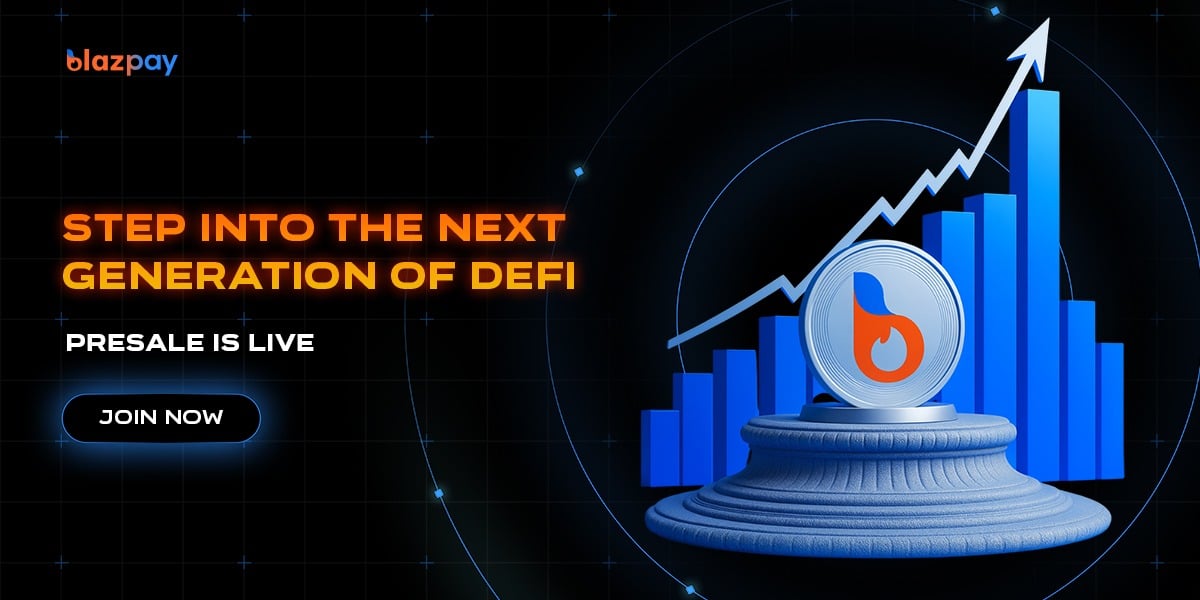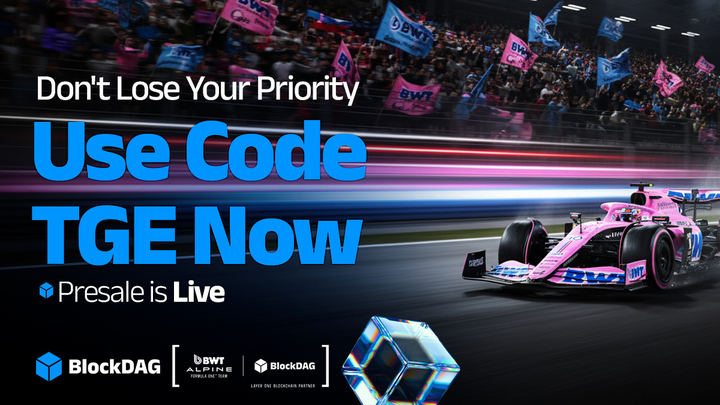Table of Contents
- Decoding Block Rewards: An In-Depth Exploration
- Defining Block Rewards: What Are They?
- Comparing PoW and PoS: Variations in Block Rewards
- Block Rewards in PoW Systems
- Block Rewards in PoS Systems
- Examining Block Rewards in Leading Cryptocurrencies
- Bitcoin's Halving Block Reward
- Kaspa's Unique Block Reward Model
- Ergo's Block Reward System
- How Crypto Nodes Influence Block Rewards
- Impact of Crypto Mining Farms on Block Rewards
- The Advantages of Block Rewards
- Motivating Miners and Validators
- Enhancing Network Security
- Promoting Decentralization
- Facilitating Coin Distribution
- Drawbacks of Block Rewards
- Mining Power Centralization
- High Energy Usage
- Inflationary Concerns
- Entry Challenges for Individual Miners
- Final Thoughts
- Common Inquiries









